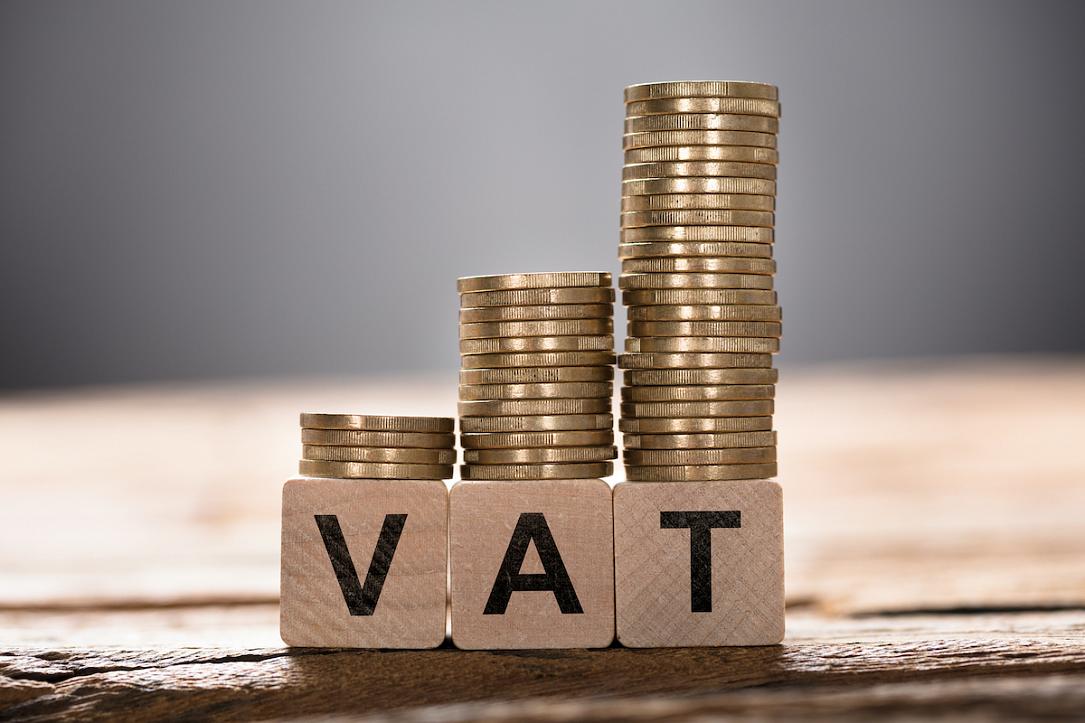Romania continues to have the highest VAT Gap in EU

Romania recorded the highest national VAT Gap in the European Union (EU) in 2018, with 33.8% of its potential VAT revenues going missing, according to the European Commission’s VAT Gap 2020 report.
The situation is similar to 2017, when Romania also had the highest VAT Gap in the EU – 34.3%.
Overall, Romania’s VAT Gap fell by roughly 7 percentage points between 2014 and 2018. Still, it is still three times higher than the EU’s overall VAT Gap of 11%.
In 2018, Romania was followed by Greece (30.1%) and Lithuania (25.9%). Meanwhile, Sweden had the lowest VAT Gap, of only 0.7%, followed by Croatia (3.5%), and Finland (3.6%).
The VAT Gap, which is the difference between expected VAT revenues and VAT actually collected, provides an estimate of revenue loss due to tax fraud, tax evasion and tax avoidance, but also due to bankruptcies, financial insolvencies or miscalculations. European Union countries lost an estimated EUR 140 billion in VAT revenues in 2018.
The VAT Gap has improved marginally in recent years. However, figures for 2020 forecast a reversal of this trend, with a potential loss of EUR 164 billion due to the effects of the coronavirus pandemic on the economy, according to EC estimates.
andrei@romania-insider.com
(Photo source: Andrey Popov/Dreamstime.com)












